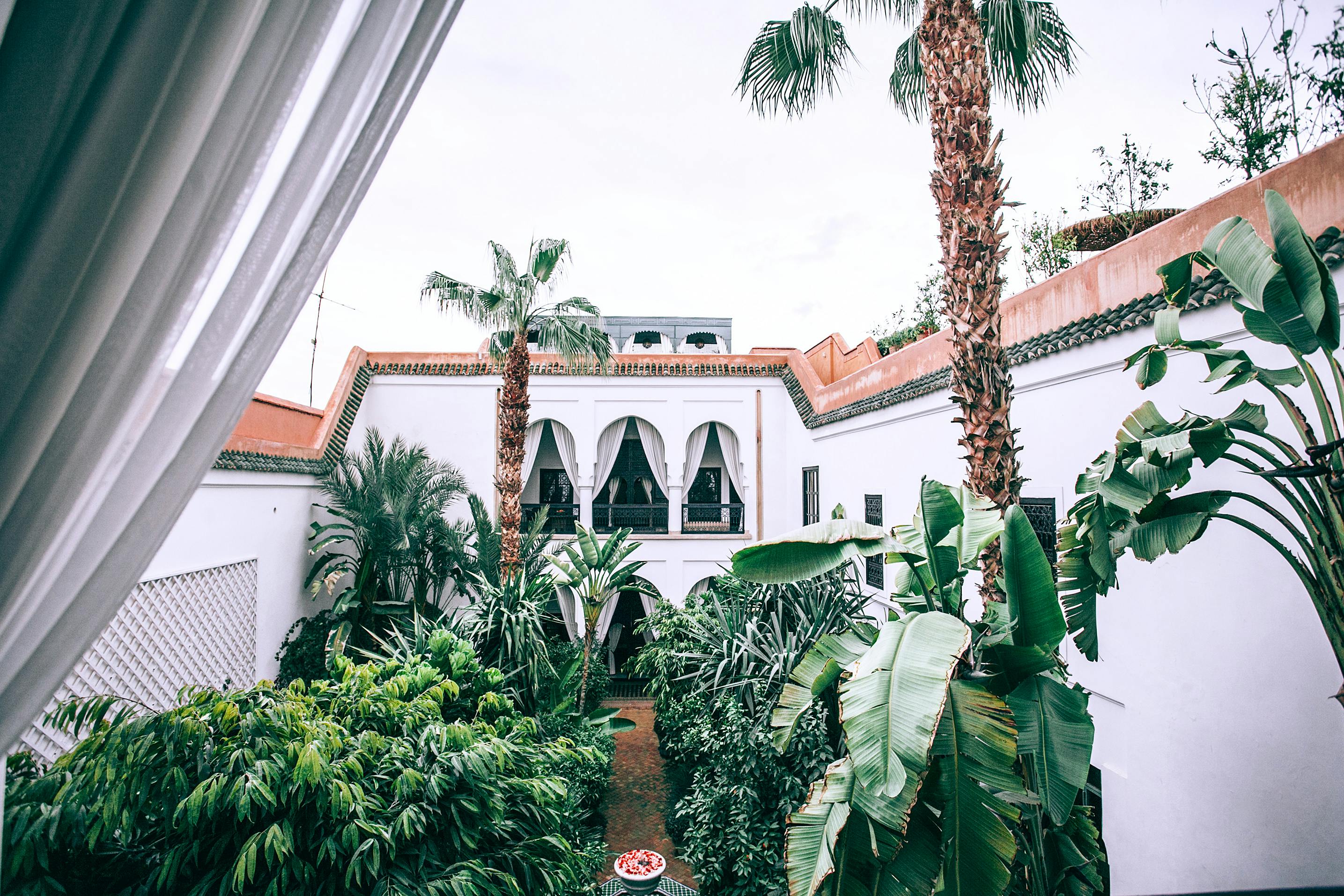‘In just 90 days, I was able to beat Shs. 50 million of the 7,000 stems of oyster mushrooms I grew. Each stem produces an average of 1.5 kg of mushrooms in that 90-day period, and one kilo of mushrooms varies between Shs. 5000 and Shs. 8000. ‘
Mr. Kiddu Abel from the African Producers Association (U) Limited
Mr. Kiddu, referred to above, is right, mushrooms grow fast. Their complete growth cycle is on average 15 weeks (about 4 months), even when using rudimentary methods. In Uganda it is common to grow them with polyethylene bags suspended from the roof / roofs of thatched huts with dark grass. The poly bags are filled with wet cotton seedlings, as well as corn, cotton, or wood scrap marks. However, with modern methods, the fungi begin to sprout after 1-3 days.
So with the above in mind, how can you start earning money to “feed the gods” in and around Kampala?
CONS FIRST
1. Small market.
While mushrooms are technically not vegetables, they are often classified as such and due to a low level of disposable income, Ugandans often do not see them as a necessity and therefore the market is often limited to supermarkets. and some markets. The East African and International markets, according to some other research reports that I have seen, seem to show that Uganda’s exports would not be competitive compared to other countries. So the market will not be significant, but I think that nonetheless demand continues to outpace supply and with a growing middle class the demand for mushrooms is expected to continue to grow.
2. Ability to perish
Mushrooms are highly perishable and must be eaten quickly or properly preserved immediately after harvest; either by drying them or by freezing them. For the more advanced farmer, I recommend that you preserve them by drying them with a tunnel dryer. According to the Uganda Investment Authority (UIA), a tunnel dryer costs $ 250. At the exchange rate of September 2012, this is approximately 632,000 shillings. However, I hope they are of the non-commercial type as the commercials are in the $ 6,500 range, but I think the non-commercials are a good starting point. Of course, there is a possibility that Katwe’s creative manufacturers near Kampala could make you a local tunnel dryer.
An alternative to drying is to have refrigeration facilities to keep them fresh, as some consumers, including export markets, prefer fresh mushrooms to dried ones.
3. Water.
Fungi need a constant supply of water and a humid, low-light environment to grow favorably. Therefore, we recommend having an underground water tank to ensure a constant supply of water.
4. Edible types.
Identifying and consuming only the edible types is a challenge, the poisonous types with harmful toxins can easily be mistaken for the edible ones. I would recommend that you contact an experienced grower to help you find the commercial and edible type of mushroom. The most common types in Uganda are the oyster and button types.
AND NOW THE PROS
1. Little space.
Growing mushrooms doesn’t need a lot of soil or space. It is particularly suitable even for a suburban Kampala dweller and the mushrooms can be grown in your backyard or shop.
2. Simple process.
Mushroom cultivation is simple and does not require a lot of experience or intensive care. The art of mushroom cultivation can be mastered quickly and easily compared to other agricultural products or plants.
One caveat, despite the ease of learning, it is worth visiting a farmer in Uganda for first-hand training. You can try the Kabale district, which due to its cooler climate is famous for mushroom cultivation and even has modern commercial facilities.
3. Profitability and return on investment.
I calculate that the return on investment for this sector is as follows:
- Initial capital (A): Shs. 4,420,000
- Profitability (B): 19,170,000
- Return on equity (A / B): 0.23 years
Final word
Mushroom cultivation is easy to learn with low start-up costs and returns in about 3 months as shown above. So this is a great company to start with. It is also a sustainable company, as mushrooms are a very good alternative source of protein.
Therefore, mushroom cultivation has the double benefit of being profitable and good for the community (as a healthy life option).
Otherwise, good luck!
